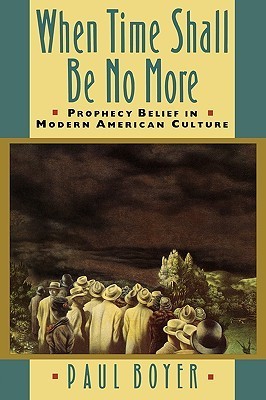What do you think?
Rate this book


496 pages, Paperback
First published September 1, 1992
"Civilization is on a collision course with destiny, and the pace is increasing at a frightening rate of speed...It is only a matter of time before our accepted form of civilization is derailed completely."